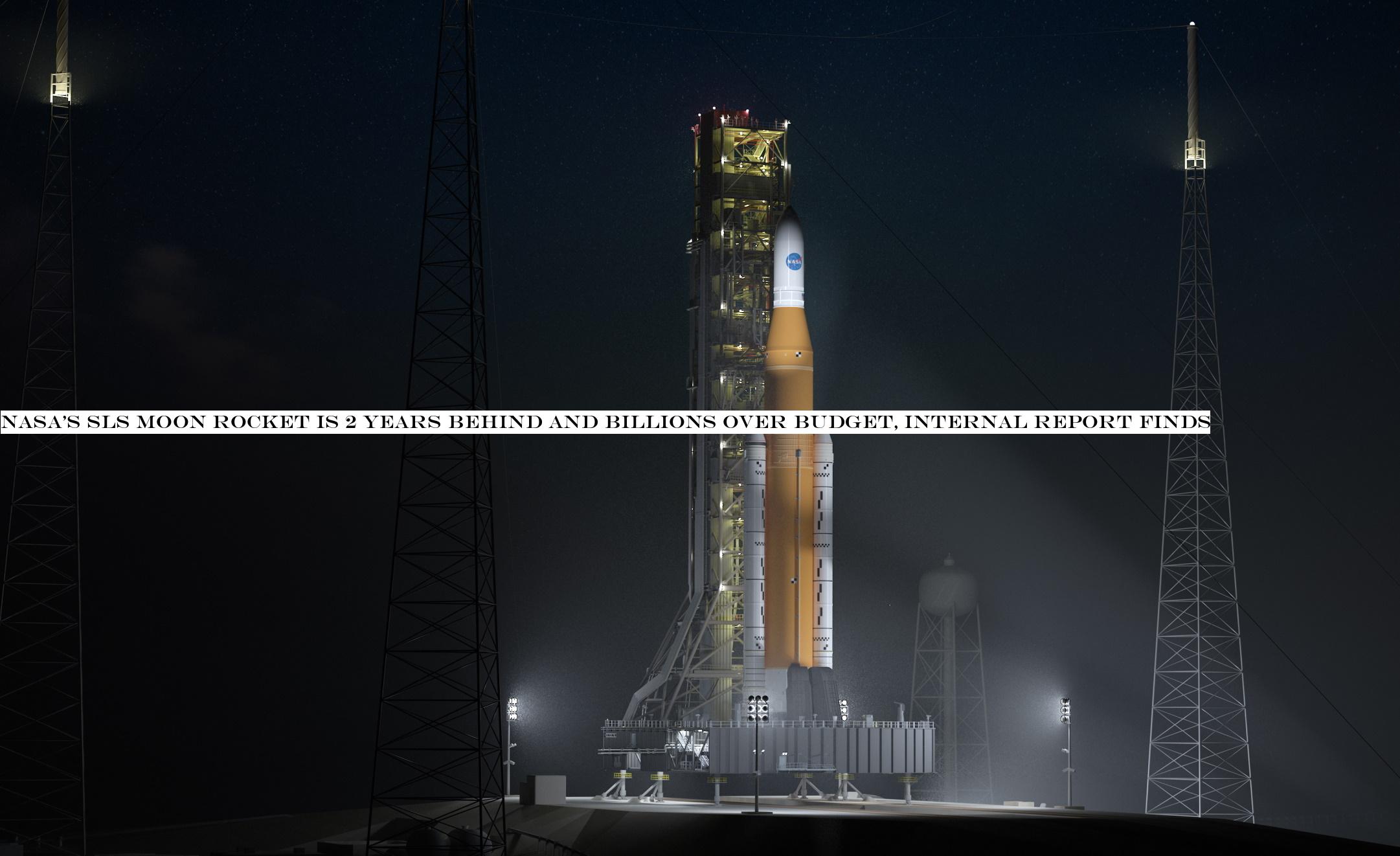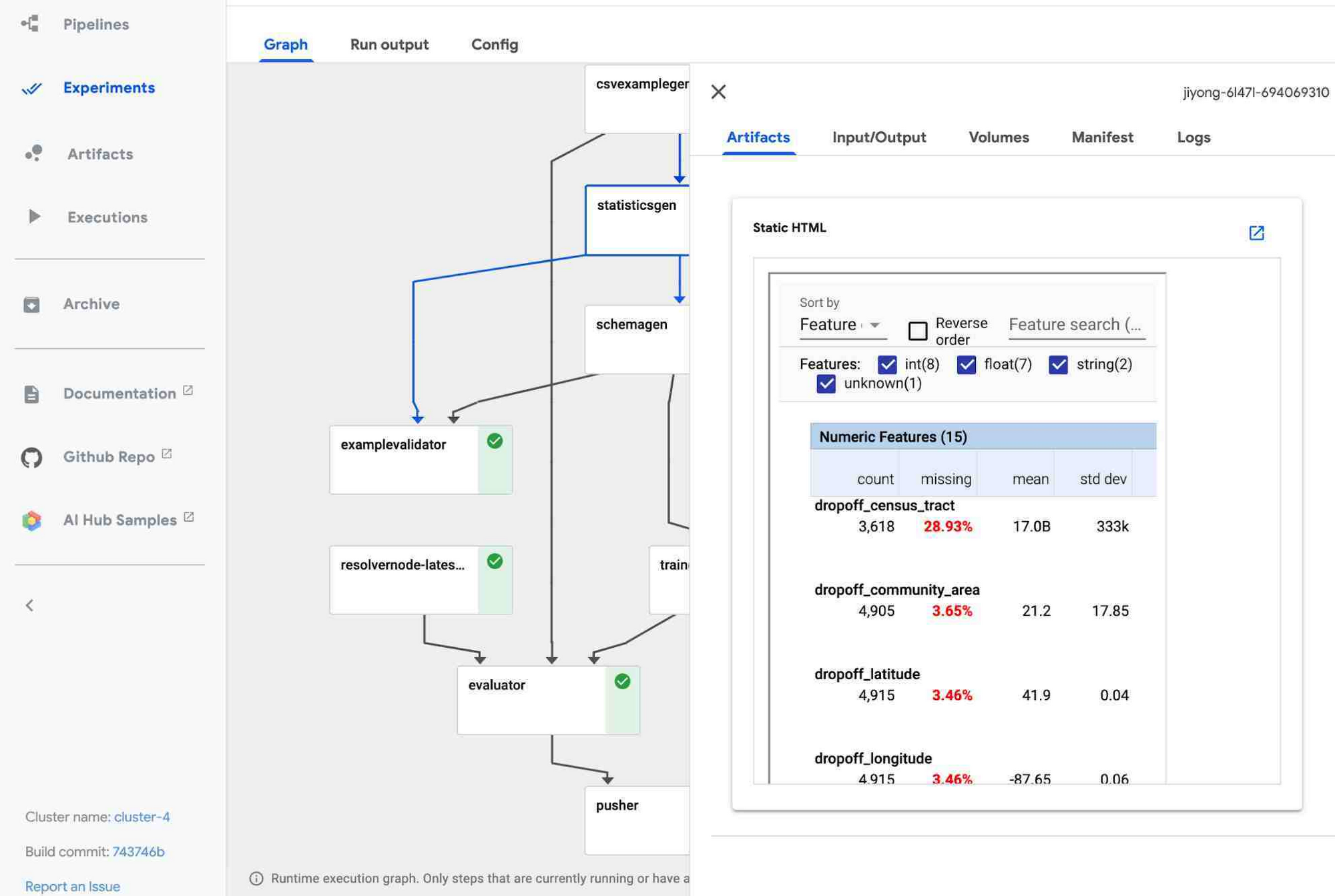These days, most of the games developed need to be social, multi-platform and extensible, but there are only a few developers with the expertise to bring those toolsets to the profusion of new games that crop up every year.
Well, now those development studios can turn to Pragma, which is building the back-end toolkit for gaming companies so their developers can focus on what they do best — making games.
Itbasically taking a page from the application development playbook where off-the-shelf toolkits can reduce by months the time it takes to get an app into the market, according to Pragma chief executive Eden Chen. In the game industry, a game can stay in beta for years as developers work out the kinks.
&In the game world, because of the necessity to build multiplayer, the length to launch a game has gotten way, way, way, way longer. Games are taking five to 10 years to launch out of beta,& Chen said.
Founded by Chen and former Riot Games engineering lead Chris Cobb, Pragma is offering a &backend as a service,& according to the company, selling a toolkit that includes accounts, player data, lobbies, matchmaking, social systems, telemetry and store fulfillment.
In a way ita complement to the front-end game engines from companies like Epic, the creator of Fortnite.
Indeed, Epic had announced plans to create a back-end system for game developers of its own, but Chen sees the benefits of having an independent operator doing the work — not a potential competitor.
Pragmainvestors agreed. The company raised $4.2 million in funding from a clutch of high-quality firms and individual investors, led by the Los Angeles-based Upfront Ventures with participation from Advancit Capital and angel investors Jarl Mohn, president emeritus at NPR and former Riot Games board member; Dan Dinh, founder of TSM; and William Hockey, founder of Plaid.
&In a world where gaming studios have long used third-party engines to power their front-end development, it makes no sense for the same studios to spend millions of dollars to build their own custom back-end,& said Kevin Zhang, partner at Upfront Ventures and board member at Pragma, in a statement. &This broken system has lasted for so long because creating a reusable, platform-agnostic backend is not just extremely complex but rarely prioritized compared to the game.&
The gaming industry is a $139 billion behemoth that in some ways lags behind its technologically-savvy peers in creating off-the-shelf tools to speed production. They&re combinations of social media platforms like Facebook and Snap, and big, high-budget movie productions, but lack any tools to simplify the process of development or ensure that persistence, scale and feature complexity don&t lead to downtimes. And downtimes could mean millions in expenses and lost revenues, Pragma said.
&Creating online multiplayer games is increasingly complex and expensive. Studios are hindered by the need to not just create compelling games, but also to build custom server technology to operate their game,& Chris Cobb, the companychief technology officer, said in a statement.
The company currently has one customer on its platform and will launch to an exclusive set of beta users in late 2020.

 8
8









